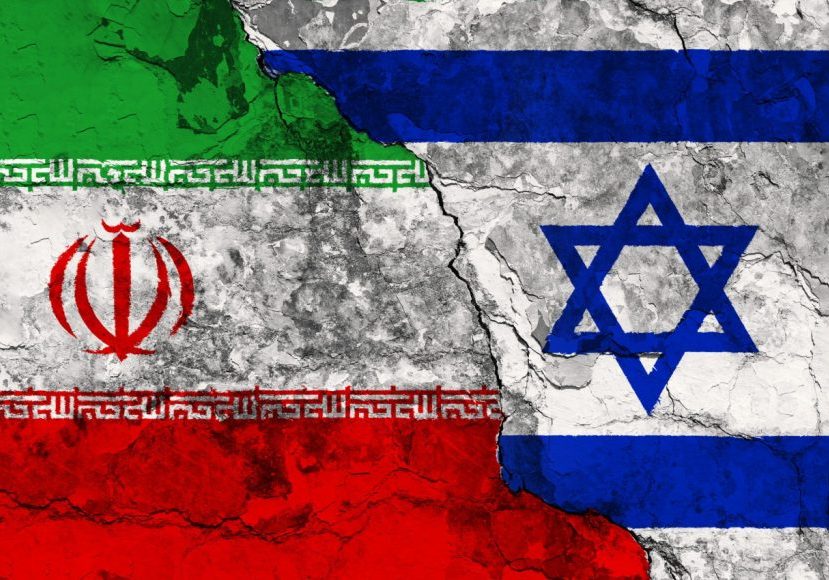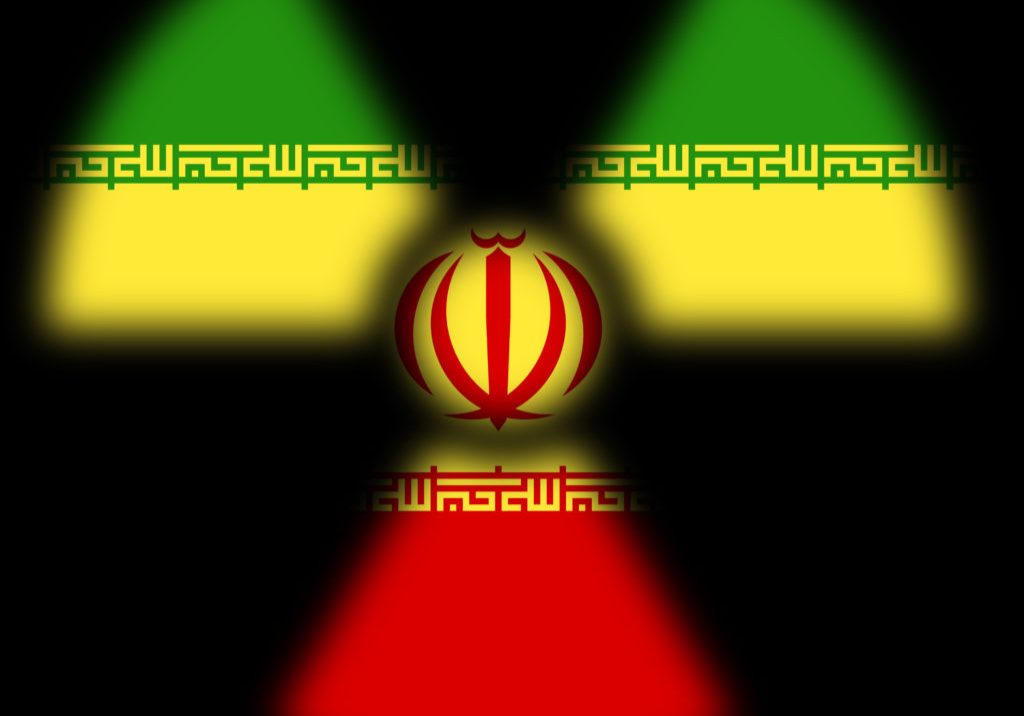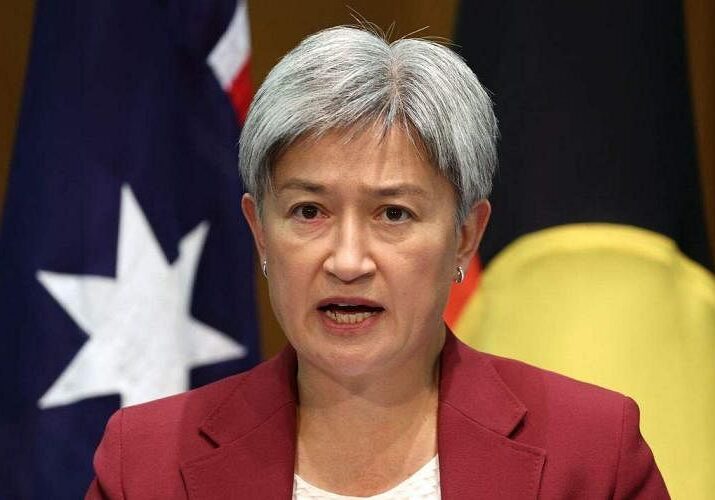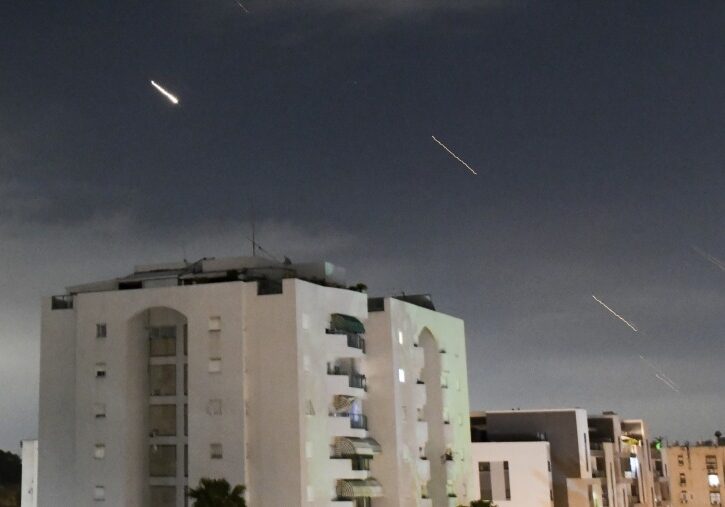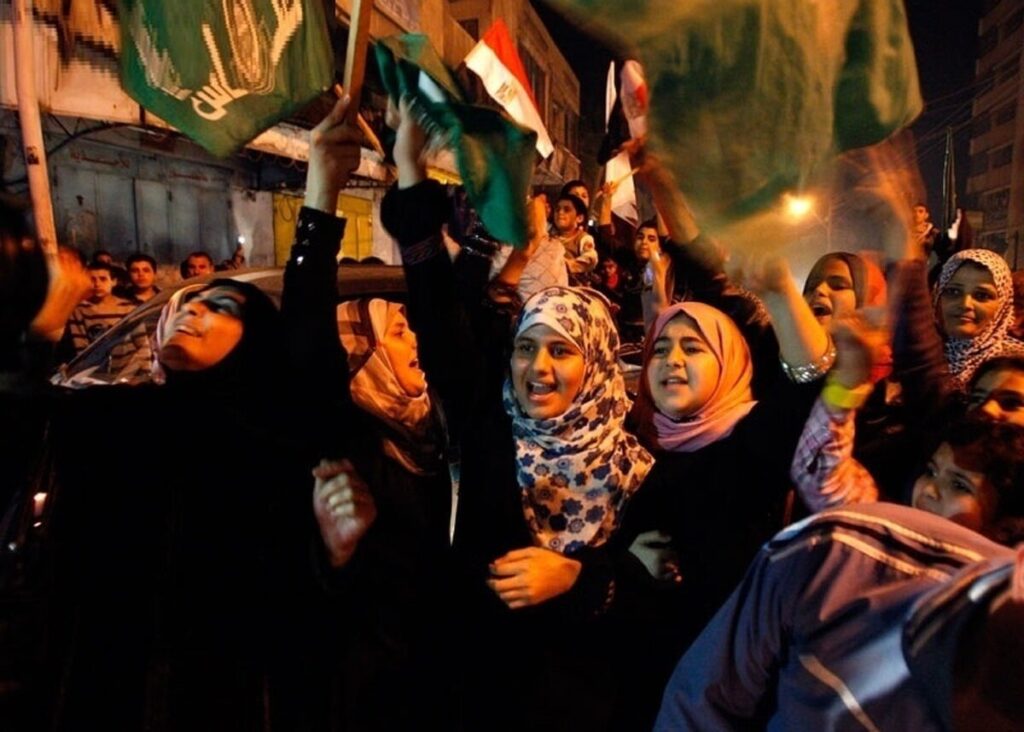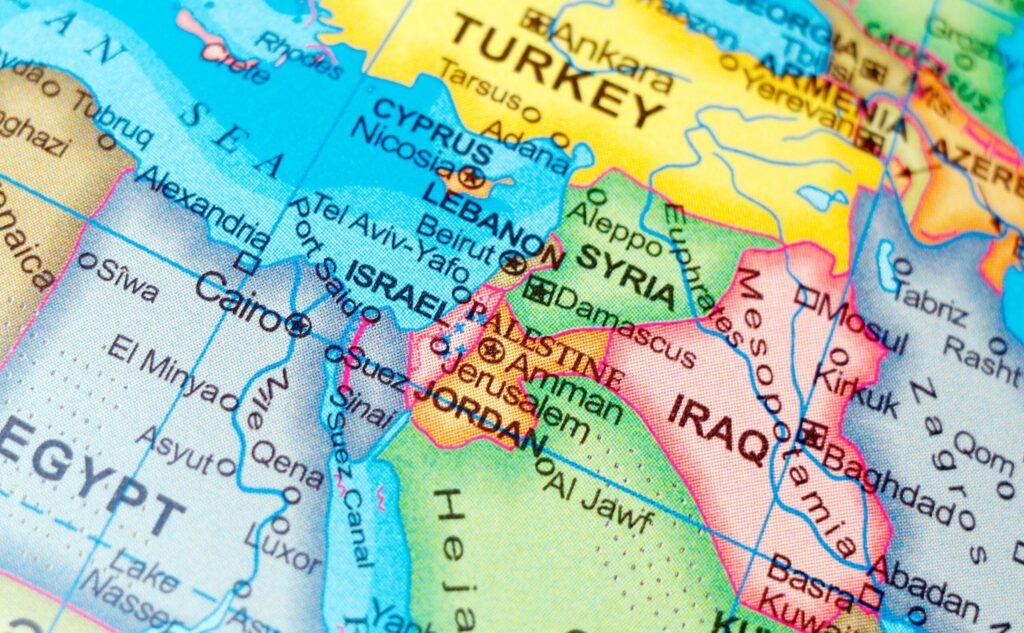IN THE MEDIA
Antisemitic vandalism during this federal election campaign ― why is it happening? what can be done?
May 14, 2019 | Naomi Levin
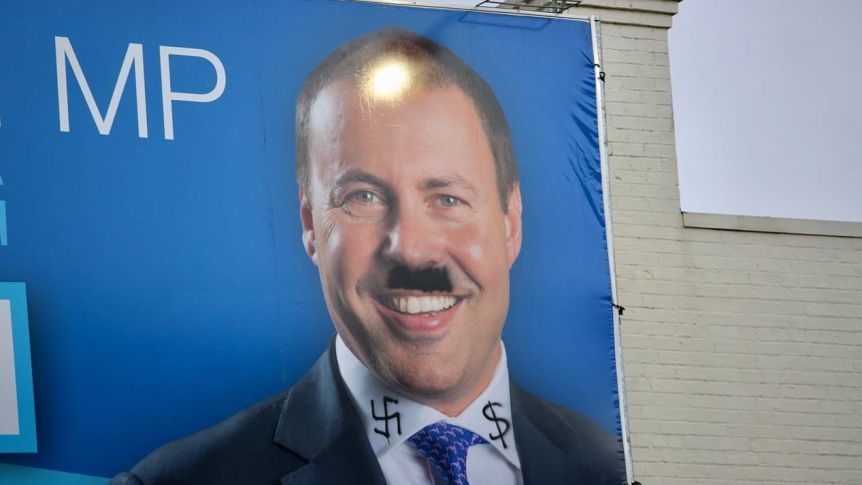
This article first appeared on ABC Religion and Ethics on May 14 2019.
The swastika has made frequent appearances during the 2019 federal election campaign. This is upsetting, but not really surprising given the fact that Jewish communities around the world have recorded a recent increase in antisemitic activity. Communities and experts are noting that this upswing is coming from the political right and the political left.
From the Liberals to the Greens, candidates ― Jewish and not ― have had their campaign posters graffitied with Nazi-related imagery in the lead up to the 18 May vote. Scrawled on billboards featuring Jewish Liberals candidates Josh Frydenberg and Julian Leeser were “Hitler” moustaches, swastikas and imagery long used to denigrate Jews, including dollar signs and devil horns.
Non-Jewish Greens’ candidates Adam Bandt, Larissa Waters, Steph Hodgins-May and Andrew Bartlett all removed election banners in Melbourne and Brisbane after they were defaced with swastikas. Independent candidate Kerryn Phelps, who is Jewish, was alerted to a letter being distributed in her Sydney electorate opposing her candidacy and claiming Jews were spreading disease.
Quite separately, but also worth noting for my purposes here, is the fact that both Labor and the Greens have dumped candidates or sanctioned staffers over antisemitic activity.
While precise statistics are hard to come by, anecdotally this problem appears to be significantly worse in this election than in previous elections over the last few decades. Though if we are permitted to take one positive from these deplorable events, it is that their repudiation has crossed party lines. Labor frontbenchers Mark Dreyfus and Clare O’Neil both strongly condemned the racial vilification of Treasurer Frydenberg.
So the questions are: Why is this happening now? And will the perpetrators be brought to justice?
Vandalising campaign posters is not itself a crime under the Electoral Act 1918, but states and territories have their own general vandalism offences. And then there is the question of vilification. Racial vilification is covered by the much-debated section 18C of the Commonwealth Racial Discrimination Act 1975, while both racial and religious vilification are covered by state-based religious tolerance laws. As many commentators have noted, there are limitations with many of these laws, including that most vilification complaints are dealt with as civil proceedings rather than treated as criminal matters. This means the victim takes their complaint to a state-based equal opportunity body. However, in order to do this, the victim must be able to identify the perpetrator ― a matter which is highly unlikely in the case of vandalism.
To my knowledge, no arrests have been made; but even when arrests are made, convictions are incredibly rare. Despite Frydenberg’s claim that the graffiti was a “criminal act,” it seems unlikely the vandal will ever face a magistrate.
This leads me to my other question: why is this happening now? In her book Antisemitism: Here and Now, Holocaust historian Deborah Lipstadt argues that the global phenomenon of antisemitism has reached what she calls a “perfect storm,” with the size of the phenomenon being fed by winds blowing from across the political spectrum ― from the European far-right to Islamic State.
On the right, antisemitism is fashionable among ultra-nationalists and white supremacists who revisit conspiracy theories about money, media and banking, but sometimes with a modern twist ― just think, for example, the right’s obsession with nineteenth-century Jewish bankers, the Rothschilds. This antisemitism often starts in the echo chamber of internet chatrooms but then spills out into the real world, such as in the recent shootings at synagogues in Pittsburgh and San Diego.
On the left, criticism of Israel is often used as a cover for antisemitism. Consider the accusations of heinous wrongdoing by Israelis based on non-existent evidence; or attempts to persuade diaspora Jews to denounce Israel on the grounds that they cannot be loyal citizens and also believe in the necessity of a Jewish state; or the common declarations of an all-powerful “Jewish lobby” that somehow controls democratic governments.
Then, as Lipstadt writes, there is Islamist antisemitism that uses the old tropes of Jews as animals or sub-humans. This type of antisemitism too has spilled out of social media sites and banners and resulted in recent violence and murders of European Jews.
Unfortunately, Lipstadt is correct when she points out that many can only see antisemitism that is perpetrated by their ideological opponents. Too many people are blinkered against antisemitism among their own “tribe.” This is the case with vandalised Australian campaign posters. Labor and Greens supporters have publicly pointed their finger at the far-right when they wake to find antisemitic graffiti on posters. Liberal supporters have blamed the left. But antisemitism needs to be called out, no matter the source. If calling it out becomes a form of political point-scoring, then we are failing to deal with the root of the problem.
Lipstadt’s contention of a “perfect storm” is backed by numbers. A report released by Israel’s Ministry for Diaspora Affairs in January showed global antisemitism reached record levels in 2018.
As is also the case for Islamophobia and other insidious forms of hatred today, there are two main reasons why Nazi imagery has made frequent appearances during the Australian election campaign, on a micro level, and why we are faced with a climbing global antisemitism rate, on a macro level.
It is no coincidence that global antisemitism is growing while divisive political leaders gain notoriety across liberal democracies. These leaders have energised ― whether consciously or not ― extremists who harbour antisemitic views. They have done so by failing to denounce extremism when they see it; by forming expedient political alliances with no view to the greater good; and by providing flaccid responses to unacceptable behaviour on the fringes. We have seen evidence of this in Australia and abroad.
Furthermore, just think of the millions of words that have been written recently about the fracturing of the core consensuses that underlie liberal democratic polities. So, on the right, we have extremist Brexiteers in the United Kingdom. In the United States, the alt-right has made their mark, with some of alt-right figureheads making it all the way to White House offices. In France, extremism has manifested itself in the success of Rassemblement national (formerly known as Front national), and in the influence of the Mouvement des gilets jaunes. Then, on the left, US politics is grappling with the controversial views of recently elected congresswomen Alexandria Ocasio-Cortez and Ilhan Omar. In the UK, Labour leader Jeremy Corbyn, at the very least, has failed to adequately confront antisemitism within his party. Corbyn’s failures have become a festering sore at a time when UK Labour should have the upper hand thanks to the chaos that is the Brexit process.
Australia has not escaped this political reality. Independent Senator Fraser Anning has shamelessly appeared at local far-right demonstrations and continues to spread anti-Muslim hate. While it has largely flown under the public’s radar, on the left, Greens candidates have appeared at rallies alongside those sympathising with Middle Eastern terrorist groups and compared Australian politicians to Nazis. In this kind of heightened, hysterical political climate, it is hardly surprising that troublemakers ― and worse ― feel it’s fair game to scrawl swastikas on political posters and dollar signs over the eyes of Jewish MPs, and to do so with impunity.
We also cannot neglect the role played by social media platforms. It takes seconds now to seek out like-minded individuals online. Public concern most often focusses on the role of Facebook or Twitter, but the worst discussions take place on platforms most of us don’t see ― from 8chan and Gab to chat rooms linked to online gaming and encrypted messaging not open to the public. These technologies are a magnet for extremists who are looking for kindred spirits to egg them on. For a person who spends half the night vilifying Jews online, stepping outside armed with a permanent marker to scrawl a swastika on a campaign poster doesn’t seem too radical a move. Unfortunately, the step after that could potentially be violence at a synagogue.
There is certainly a greater role for law enforcement to play here, but those peddling this material are savvy. La Trobe University’s Andre Oboler, an expert in online hate, supports a multipronged approach. Government needs to impose greater penalties on websites that fail to remove abusive content. Identification and quantification of online hate speech using artificial intelligence is also sorely needed. But, as Oboler argues, those who disseminate hate speech, especially on the right, are clever enough to use coded language and symbols to escape detection.
In this political climate with these tools at their disposal, it is possible to see how we have reached our present moment. Finger pointing is unproductive, especially considering the fact that we can assume the vandalism was likely undertaken by perpetrators coming from different political persuasions. There are undesirable elements on both the left and the right in Australian politics. Leadership is needed by those who assume public office, alongside law enforcement and monitoring of technology being given a greater priority.
While it is unlikely to happen, a hate-crime prosecution for one of these vandals would go a long way toward sending a message that these scrawls are not just tagging or graffiti, but activities dangerous and damaging to communal harmony. It must not become acceptable in Australia ― where religious freedoms have always been respected ― for political candidates to be vilified in this way.
Naomi Levin is a policy analyst with the Australia/Israel & Jewish Affairs Council.
Tags: Antisemitism, Australia, election, Greens, Labor Party, Liberal Party, swastikas

